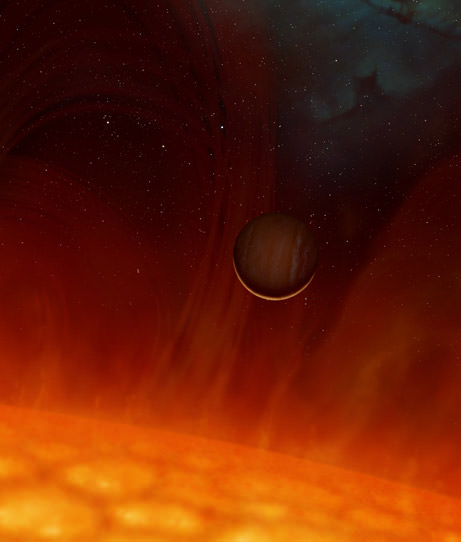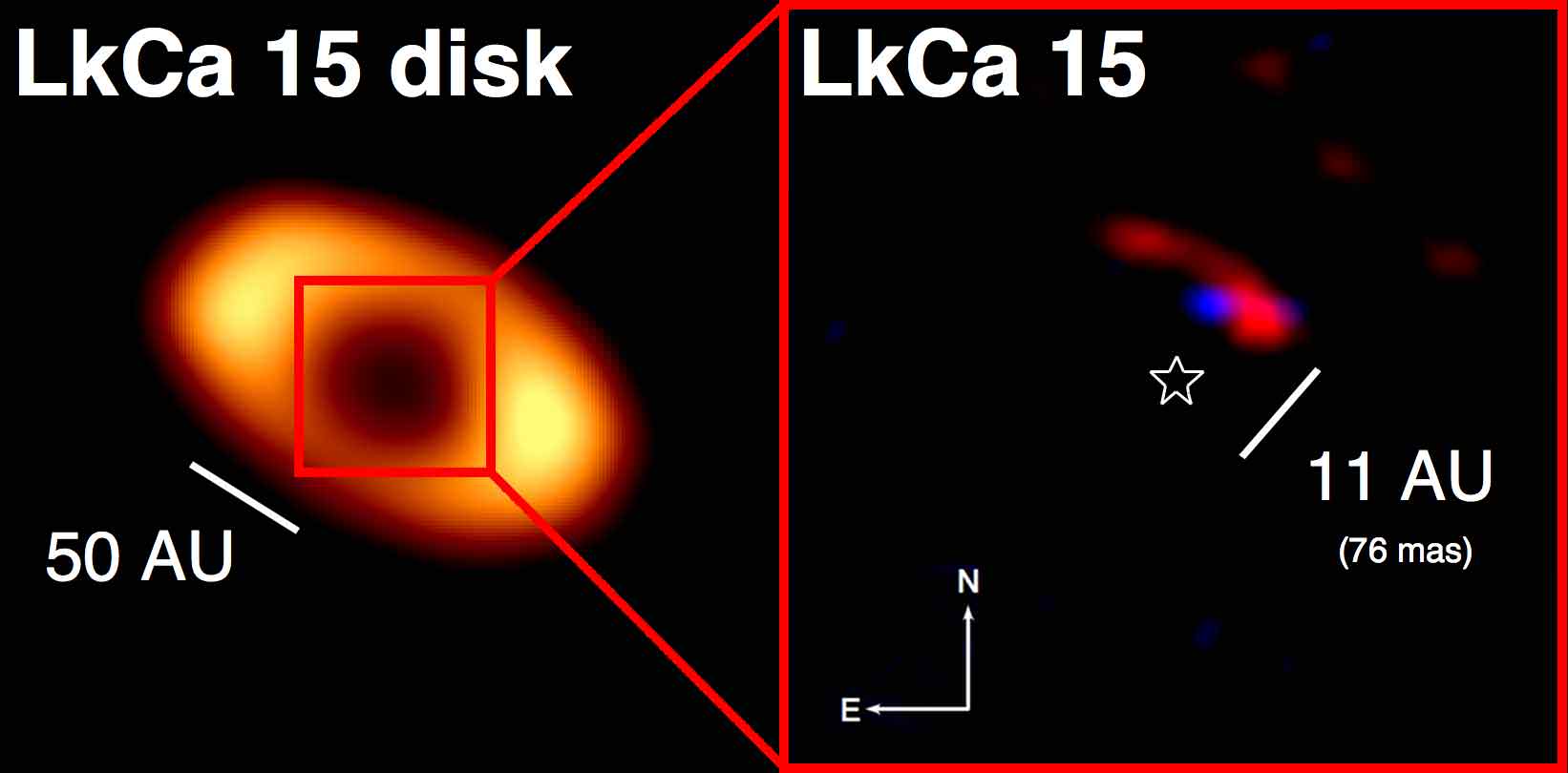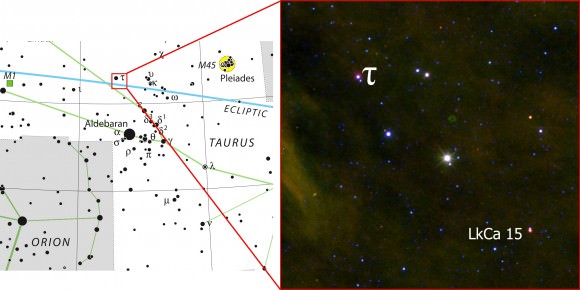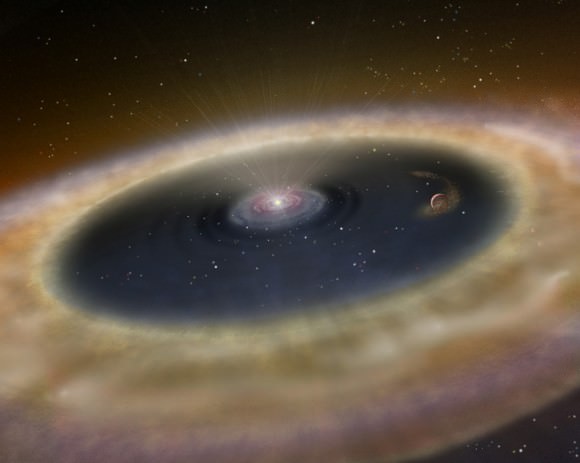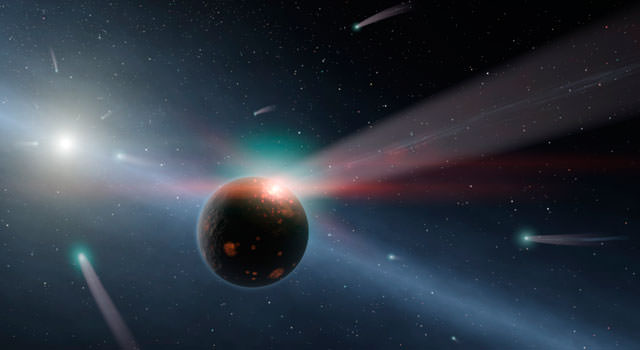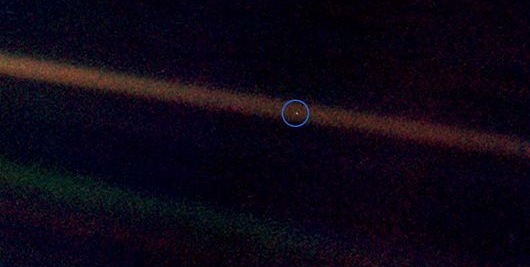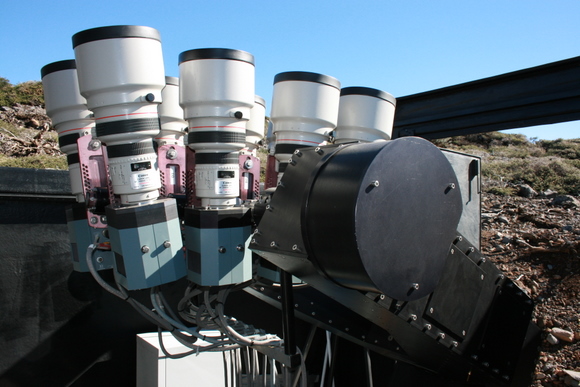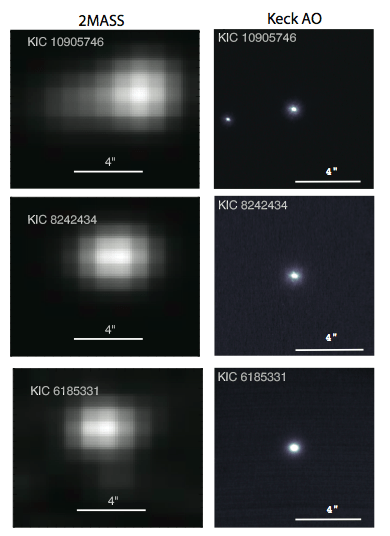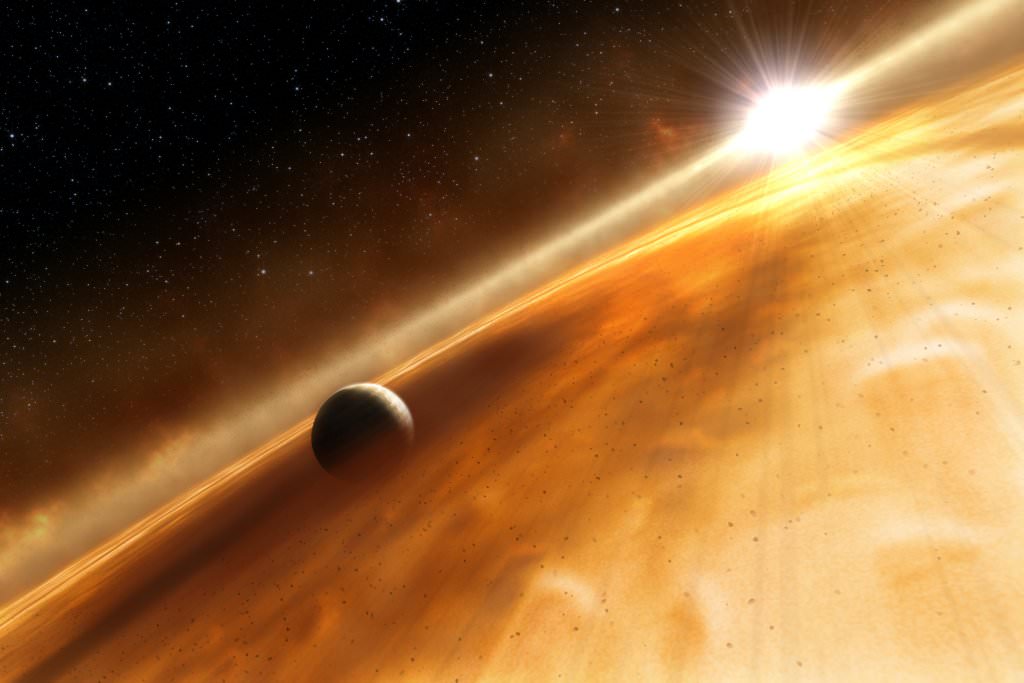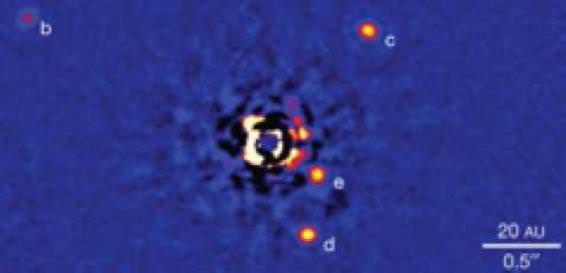[/caption]
Some interesting new additions to the exoplanet family were announced last week by astronomers from Penn State University. While finding exoplanets these days may be considered “just another day at the office,” astronomers discovered three unique planets and an additional “mystery” object. What’s unique about these planets is the fact that the stars they orbit are all old and dying – red giant stars which have swollen up as they near the end of their lives, which ordinarily would consume any unlucky planets which may be too close to escape…
The three stars are HD 240237, BD +48 738, and HD 96127; the second one also has the mystery object orbiting it, which may be another planet, a low-mass star or a brown dwarf — something whose mass is in between that of a smaller, cooler star and a giant planet.
“We will continue to watch this strange object and, in a few more years, we hope to be able to reveal its identity,” said team leader, Alex Wolszczan.
Wolszczan was the first astronomer to discover exoplanets, three small planets orbiting a pulsar (neutron star) in 1992.
It is expected that our own Sun will also become a red giant star in another five billion years or so. Not a good thing for us obviously, but still a long ways off thankfully, since at that time, all of the inner planets of the solar system will probably be consumed by the expanding Sun.
The subject of planets orbiting dying stars will also be the focus of an upcoming conference, Planets Around Stellar Remnants, in Puerto Rico next January. It is organized by Penn State’s Center for Exoplanets and Habitable Worlds, and will take place exactly 20 years since Wolszczan made his discovery.
Interesting, since by far most of the exoplanets found so far orbit “normal” stars, like our Sun, which are still in mid-life or younger. But now, they’ve been observed around stars at all different stages of evolution, from the youngest stars, even those still with protoplanetary disks, to the oldest, stars which have already died and burned out, like pulsars. What this seems to indicate is that planets are a normal part of star formation, from beginning to end. The numbers now being found by astronomers, in the thousands and likely millions or billions, also suggest this; a big change from just a few decades ago when it was unknown if there were any other solar systems out there at all. There are, a lot of them.
Source: Penn State University

